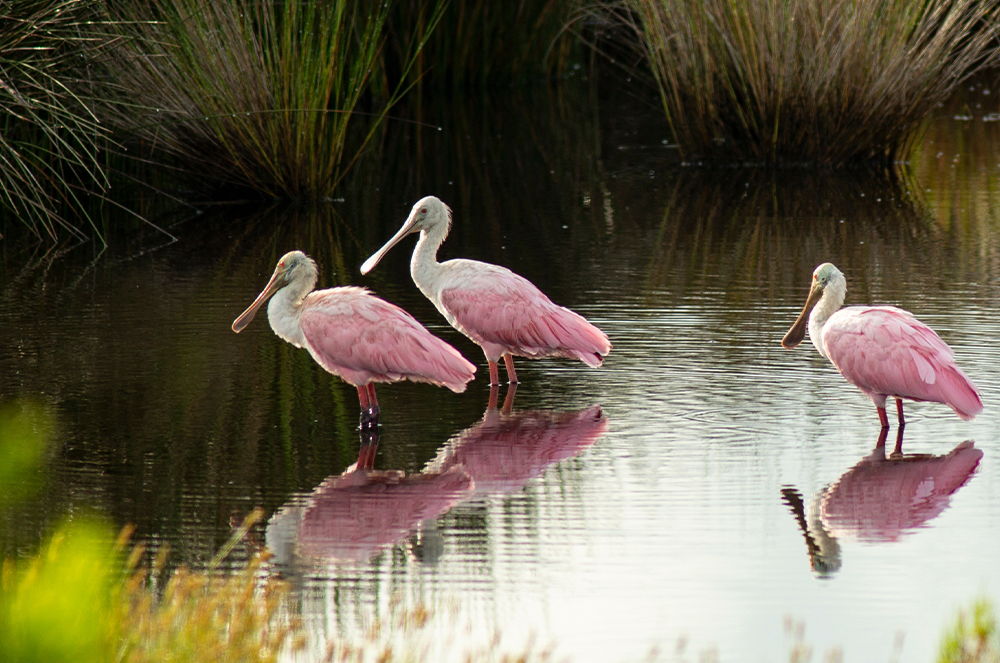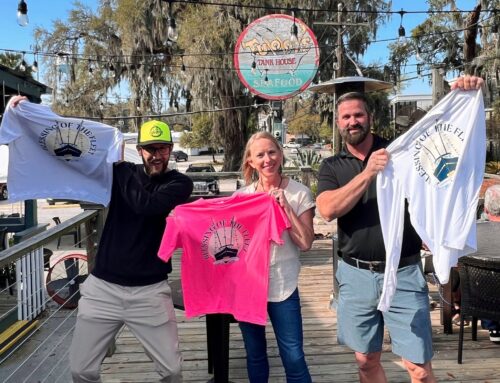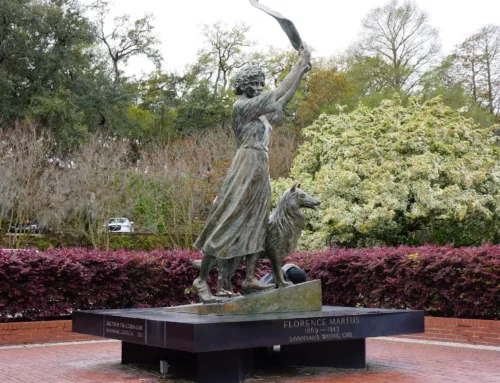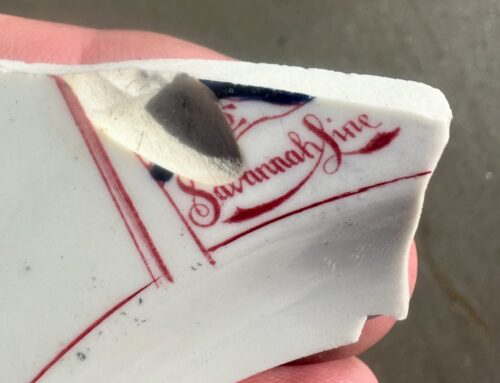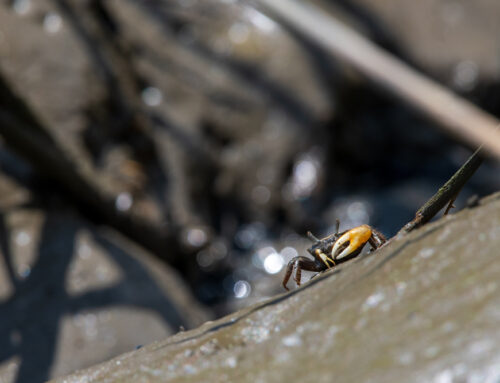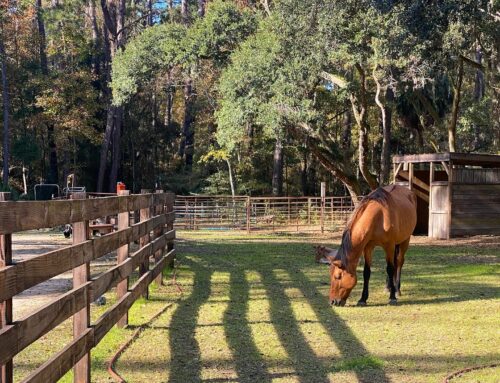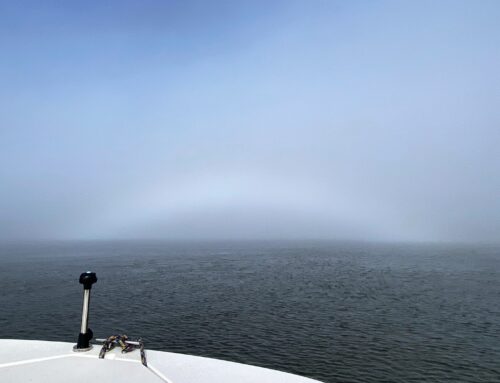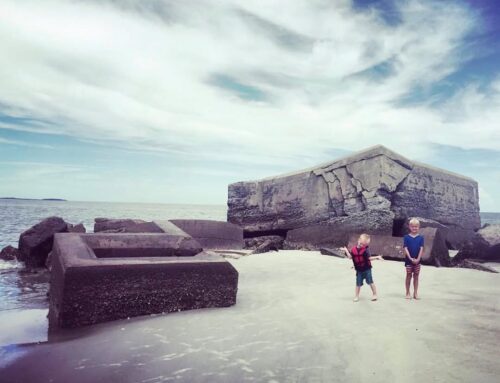Feathers & Fashion: The Fight to Save Coastal Georgia’s Birds

Feathered Hat
Hat made of egret feathers
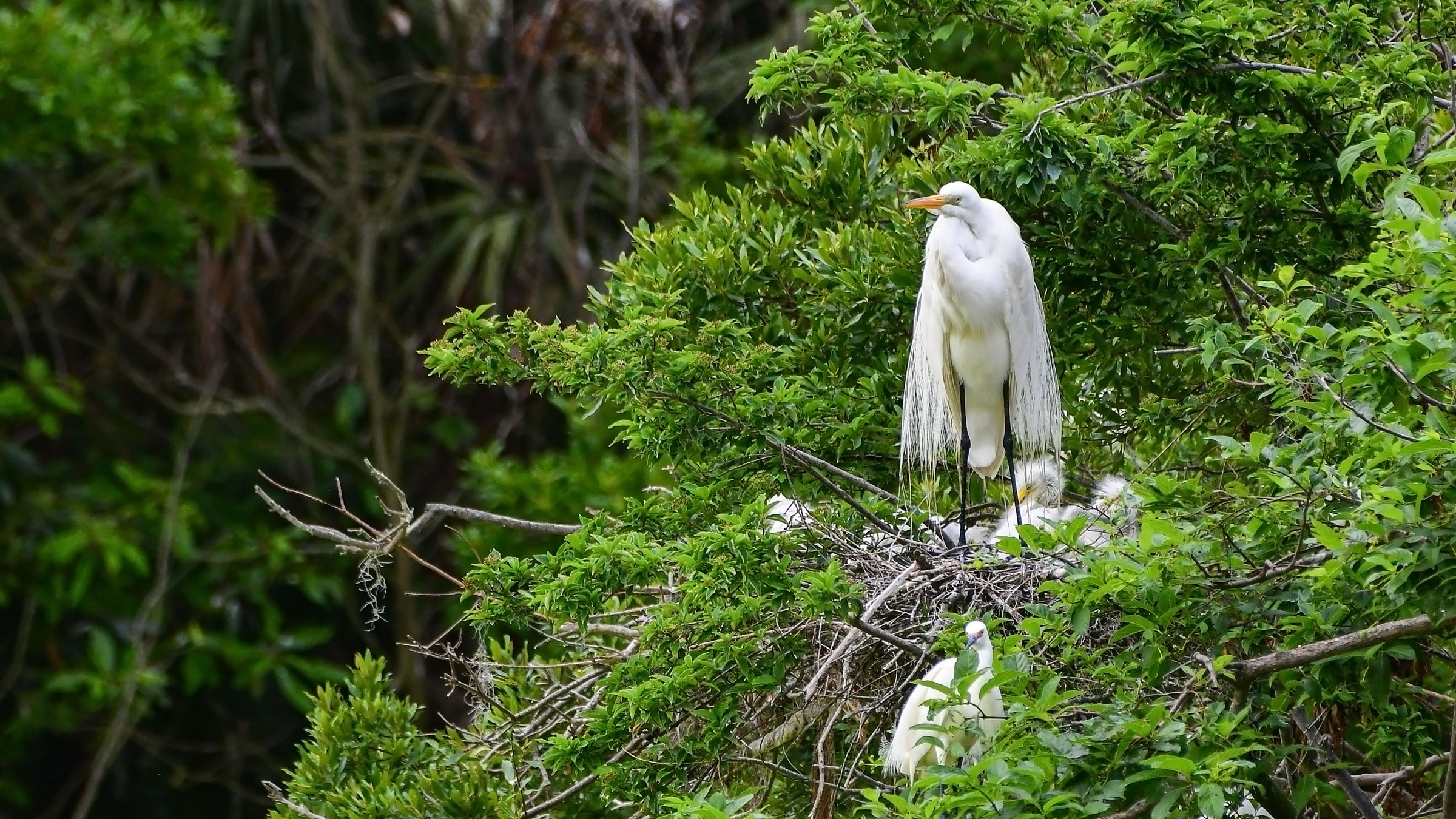
Egret Plumes
Showy plumes evident during breeding season
At the turn of the 20th century, the marshes, swamps, and barrier islands of coastal Georgia echoed with the sounds of herons, egrets, ibises, and other wading birds gathering in rookeries. But as the demand for extravagant feathered hats soared in high-society fashion circles, these vibrant coastal habitats became silent. Plume hunters had arrived, and their impact was devastating.
The Feather Craze That Fueled a Crisis
During the late 1800s and early 1900s, feathers—particularly breeding plumes—were considered the height of fashion in Europe and the U.S. Women’s hats were adorned with entire wings, tails, and even stuffed birds. Feathers from graceful wading birds were especially prized because they were delicate, ornamental, and exotic.
Plume hunters capitalized on this trend, wiping out entire colonies in a single outing. Rookeries were targeted during the breeding season, when adult birds were easy to kill and their nests full of helpless chicks were left to die.
Birds of Coastal Georgia Targeted by Plume Hunters
Several iconic species that once flourished across Georgia’s coastal plain and barrier islands were nearly eradicated:
-
Great Egrets – prized for their long, white breeding plumes known as aigrettes
-
Snowy Egrets – elegant and smaller, but just as sought after
-
Tricolored Herons – beautiful marsh birds with blue-gray and lavender tones
-
Little Blue Herons – often harvested alongside more flamboyant cousins
-
Wood Storks – Georgia’s only native stork, slow to recover due to low nesting success
-
White Ibises – large flocks were easy targets in exposed colonies
-
Roseate Spoonbills – while more abundant in Florida, Georgia’s coast was not spared
Some species, like the wood stork, are still recovering today, while others have made encouraging comebacks thanks to decades of legal protection and habitat conservation.
Turning Point: The Birth of Bird Conservation
Public backlash, fueled by the efforts of early environmentalists—many of them women—sparked a national movement to end the slaughter. This led to:
The Migratory Bird Treaty Act of 1918
This critical piece of legislation made it illegal to hunt, trap, sell, or possess migratory birds, their nests, or their feathers without a federal permit. It marked a turning point in American conservation.
Audubon Societies
Founded in response to the feather trade, Audubon groups worked to educate the public, protect nesting areas, and push for legislation.
The Creation of Wildlife Refuges
Protected areas like the Savannah National Wildlife Refuge and Harris Neck became safe havens for wading birds to recover and repopulate.
Coastal Georgia’s Marshes Today
Thanks to over a century of legal protections and habitat restoration, Georgia’s Low Country birdlife has made a remarkable comeback. Visitors can now witness flocks of snowy egrets, ibises, and herons nesting, feeding, and soaring over the salt marshes once again.
But the work isn’t done. Habitat loss, climate change, and pollution continue to threaten these delicate ecosystems.
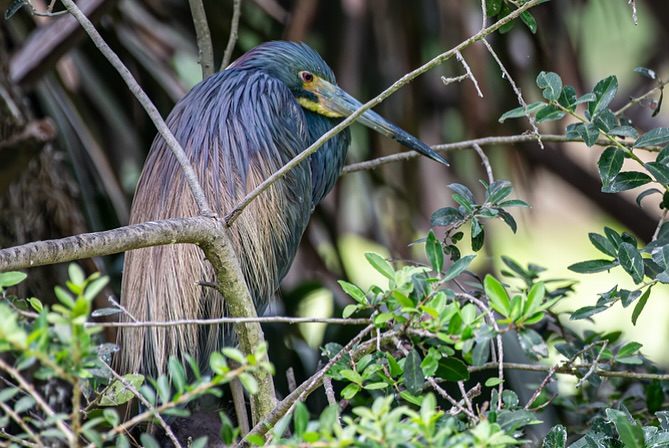
Tricolor Heron
Colorful plumes during breeding season
Why It Still Matters
The story of plume hunting in coastal Georgia reminds us of how quickly human trends can endanger entire species—and how resilient nature can be when we choose to protect it. Today’s thriving bird populations are a direct result of passionate people standing up for wildlife when it mattered most.
Stay tuned—over the coming weeks, we’ll spotlight individual birds impacted by the plume trade and share where you can spot them on your next tour with Low Country Drifters.
Book your coastal Savannah boat tour now and experience the wildlife comeback firsthand.


